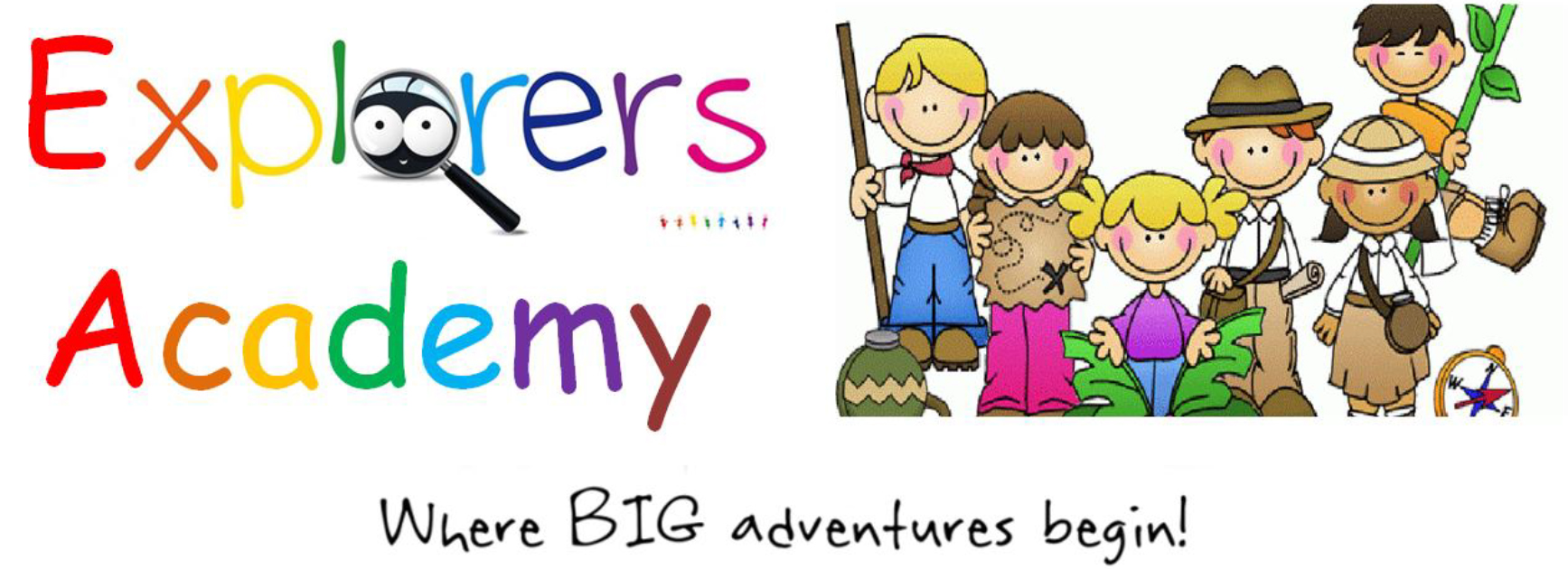The Early Years Curriculum
Areas of Learning and Development
Your child will be learning skills, acquiring new knowledge and demonstrating their understanding in 7 areas of learning and development.
The Early Years Curriculum focuses on developing the three prime areas first, which are most essential for your child's healthy development and future learning. These are:
- COMMUNICATION AND LANGUAGE
- PHYSICAL DEVELOPMENT
- PERSONAL, SOCIAL AND EMOTIONAL DEVELOPMENT.
All three prime areas are always in action for a young child. In every activity the child is experiencing feelings and developing a sense of self and others They are physically engaged through their senses and movements and they are learning to understand and communicate with others. It is through these aspects that a child access the world around them and relationships with other people, which in turn opens the door to learning in all areas. The prime areas therefore strongly influence learning in the specific areas of learning and development.
As children grow, there are four specific areas the Early Years Curriculum focuses on. These are:
- LITERACY
- MATHEMATICS
- UNDERSTANDING THE WORLD
- EXPRESSIVE ARTS AND DESIGN
Children in the EYFS learn by playing and exploring, being active, and through creative and critical thinking which takes place both indoors and outside.
The Areas of Learning and Development affect each other. For example, developing communication and language will support children to understand and explain mathematical ideas. Developing physical skills allows children to be more active explorers and therefore enhance their progress within Understanding the world. The more concepts they develop within understanding the World, the more they will be able to relate to books and in turn support their development in Literacy. Experiences and activities that relate to the Areas of Learning and Development, when they offer children opportunities to have autonomy and develop their own ideas, can also provide the contexts for children to practise their learning behaviours, and will enable the reinforcement of the Characteristics of Effective Learning.
Characteristics of Effective Learning.
Whilst planning and thinking about the individual children in setting we must ensure we are thinking about the different ways in which children learn. This is guided by the Characteristics of Effective Learning. These are:
- PLAYING AND EXPLORING – Children investigate and experience things and ‘have a go’.
- ACTIVE LEARNING – Children concentrate and keep on trying if they encounter difficulties.
- CREATING AND THINKING CRITICALLY – Children have and develop their own ideas, make links between ideas and develop strategies for doing things.
To learn well, children must approach opportunities with curiosity, energy and enthusiasm. Effective learning must be meaningful, to a child, so that they are able to use what they have have learned and apply it in new situations. These abilities and attitudes of strong learners will support them to learn well and make good progress in all the Areas of Learning and Development.







